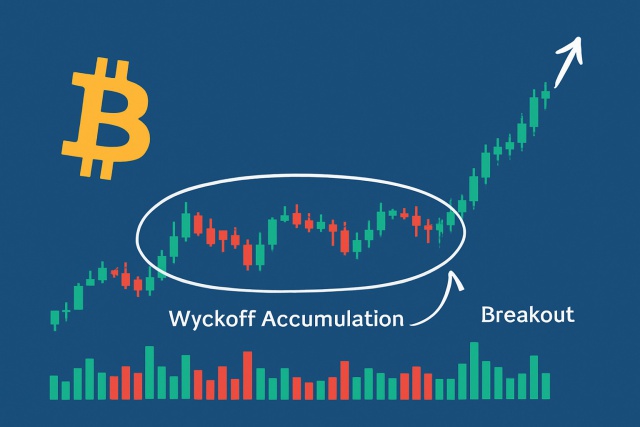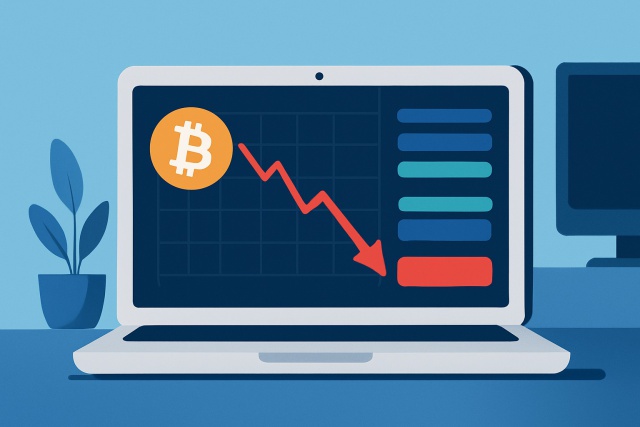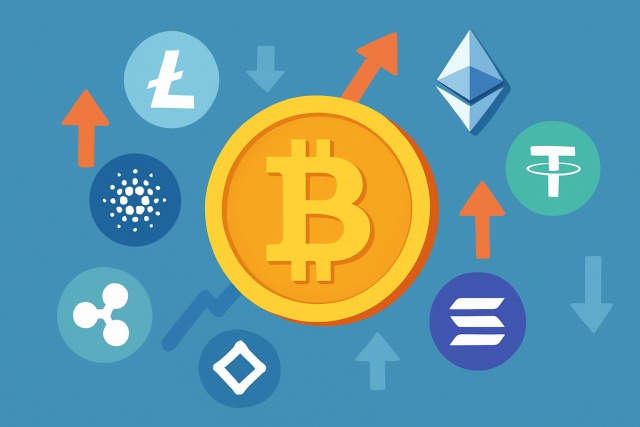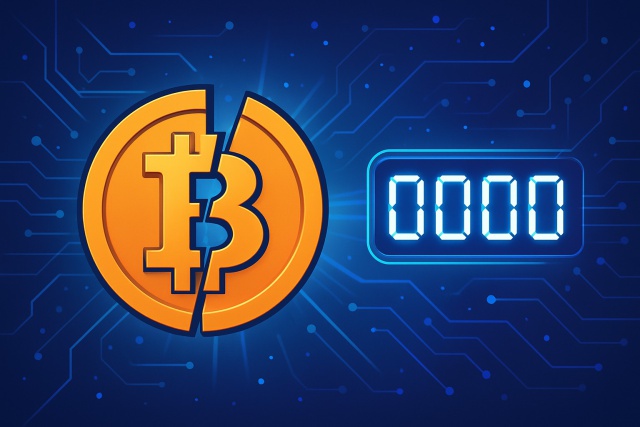Bitcoin Halving Explained for New Investors

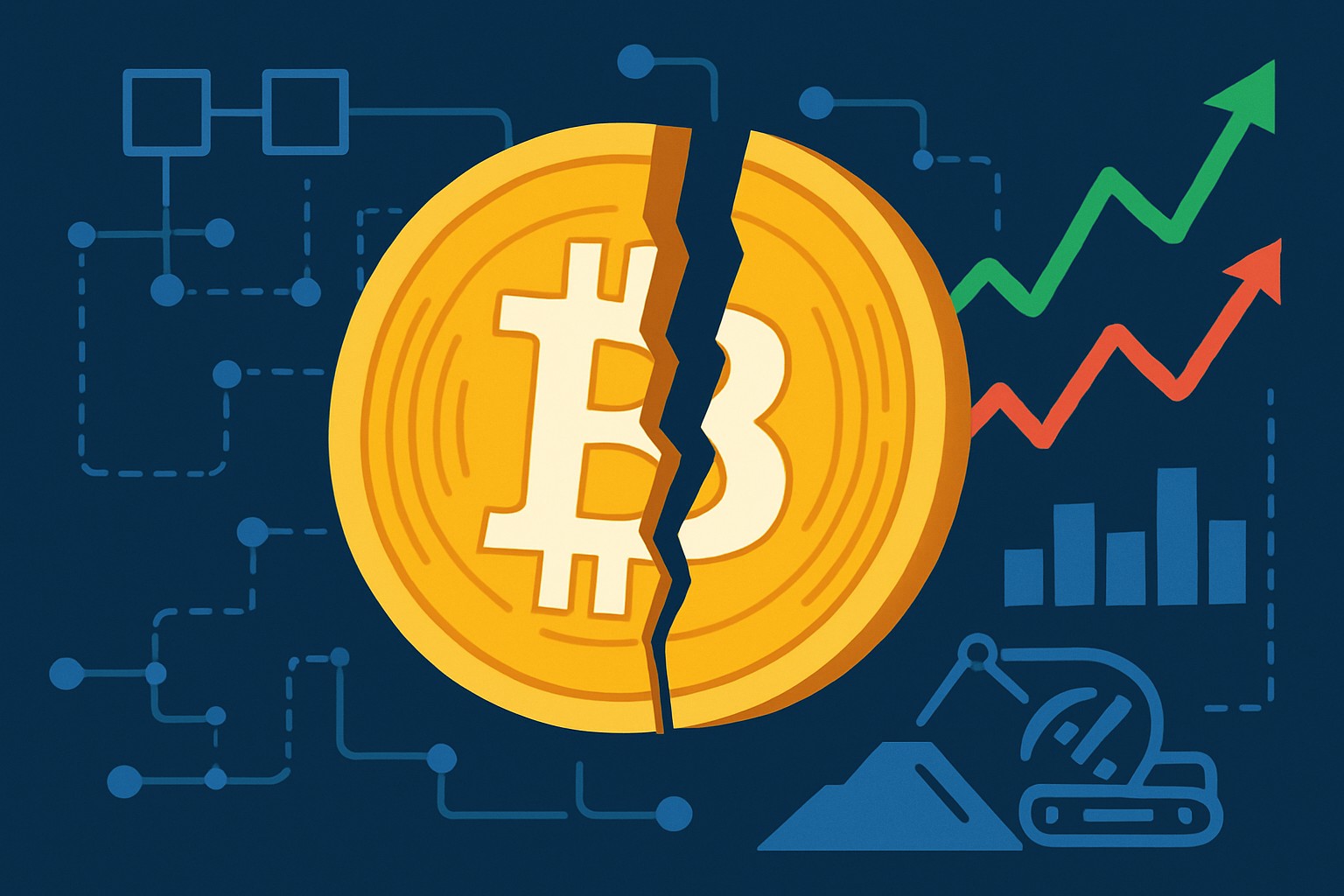
Having Bitcoin halving explained is key to understanding one of those pivotal moments in the Bitcoin world where the reward miners receive for validating transactions gets chopped in half. This nifty little mechanism plays a huge role in keeping Bitcoin’s supply tight and is a cornerstone of its value over the long haul.
What on Earth is Bitcoin Halving Explained?
Bitcoin halving is a scheduled event that slashes the reward miners get for validating transactions by half. It happens roughly every four years and is designed to cool down the pace at which new Bitcoins come into the world.
- Bitcoin halving slashes the rewards miners receive by half and cools down the flow of new bitcoins to the market.
- This is a hardwired rule that kicks in every 210,000 blocks mined with no exceptions.
- It generally appears about every four years and acts as a balancing act between supply and demand.
- The point of halving is to slow down inflation and keep Bitcoin’s total supply capped at 21 million, like a digital gold vault with a strict limit.
What Really Causes Bitcoin Halving
Bitcoin sticks to a deflationary monetary policy that puts a cap on the total number of coins out there. The halving mechanism quietly works behind the scenes, chopping down the new supply bit by bit over time. It’s a clever nod to the scarcity of precious metals like gold, steering clear of the inflation headaches that often plague traditional fiat currencies.
Bitcoin halving is a bit like gold mining, if you think about it. Just as gold becomes tougher to dig up the deeper you go, making each nugget more precious, Bitcoin’s halving does something similar by shrinking the supply of new coins hitting the scene. Over time, this scarcity tends to keep Bitcoin’s value steady—or at least, that’s the general idea. It’s like nature’s way of reminding us that good things don’t come easy.
What Actually Goes Down Behind the Scenes During a Bitcoin Halving
Roughly every 210,000 blocks mined, which typically spans about four years, the Bitcoin network triggers the halving event automatically. This milestone cuts the number of new bitcoins miners receive as rewards in half and changes their incentives, slowing the pace at which fresh bitcoins enter circulation.
Miners tackle tricky mathematical puzzles that are anything but simple to verify and add new blocks to the blockchain.
Each time they add a new block, miners get a reward paid out in bitcoins as a thank-you for their work.
In 2009, the first block reward was a hefty 50 bitcoins per block.
The network has a built-in rule that cuts the reward in half every 210,000 blocks.
After each halving, miners receive fewer bitcoins for the same work. This slows the pace at which new bitcoins enter the system.
Taking a Closer Peek at Bitcoin Halvings and the Ripple Effects They have Had on the Market
Bitcoin has gone through three major halving events so far: in 2012, 2016 and 2020. Each halving sliced miners' rewards right down the middle and sparked interesting shifts in both market mood and Bitcoin's price.
| Halving Date | Block Height | Reward Before Halving | Reward After Halving | BTC Price Before | BTC Price 1 Year Later | Notable Market Effects |
|---|---|---|---|---|---|---|
| Nov 2012 | 210,000 | 50 BTC | 25 BTC | Around $12 | Around $1,000 | The very first halving kicked off an early surge in Bitcoin’s price, grabbing both attention and headlines like wildfire |
| Jul 2016 | 420,000 | 25 BTC | 12.5 BTC | About $650 | About $2,500 | Growing interest from institutions sparked a moderate bull market, slowly but surely heating things up |
| May 2020 | 630,000 | 12.5 BTC | 6.25 BTC | Roughly $8,700 | Roughly $57,000 | A significant price rally followed this halving, with mainstream adoption picking up speed faster than many expected |
Previous halvings have often sparked noticeable price jumps in the year that follows, though it’s wise to keep in mind that these outcomes aren’t set in stone.
How Does Bitcoin Halving Really Impact New Investors? Let’s Break It Down
Wrapping your head around Bitcoin halving means understanding how a tighter supply can spark greater demand and shake up price swings. These events don’t just influence mining profits and the level of competition—they can also beef up network security while ramping up volatility.
- Halving slashes the number of new bitcoins entering circulation and tightens supply.
- When supply dips it often nudges prices upward assuming demand holds steady or grows.
- As the rewards shrink you usually see mining competition intensify which puts smaller or less efficient miners in a tougher spot.
- Market speculation tends to rev up before and after halvings stirring up price swings that keep everyone on their toes.
- Keep a long-term perspective since the full effects of halving unfold gradually rather than hitting all at once.
Frequent Misunderstandings About Bitcoin Halving (and What They Really Mean)
Although Bitcoin halving is a key event, it’s often wrapped in a bit of mystery and misunderstanding. Some people assume it triggers instant price fireworks or that mining grinds to a halt overnight. Halving is baked right into the code from the get-go.
- Halving doesn’t always spark an immediate surge in Bitcoin’s price because the market can react in many ways.
- Miners usually don’t give up right after a halving. Many instead roll up their sleeves and find clever ways to work more efficiently.
- Since halvings are predictable events, their impact is often included in the market well ahead of time.
- Other factors like global events, regulatory changes and new tech breakthroughs also play a role in shaking things up.
- Typically the effects of halving appear gradually, unfolding over months or even years rather than hitting all at once.
Gearing Up for the Next Bitcoin Halving What You Need to Know
Getting ready for the next Bitcoin halving involves more than just marking the calendar—it’s about getting a clear Bitcoin halving explained so you understand when it’s coming and why it could shake up the market. New investors often find it helpful to watch the mining network’s health closely, get a feel for the market mood, and learn from past patterns.
Get familiar with the Bitcoin halving schedule and when these events typically happen on the calendar. Timing is everything after all.
Keep a close eye on mining difficulty and network health indicators because they offer a clearer picture of how the whole system works.
Take a good look back at previous halving events to spot the usual patterns and avoid common pitfalls. Learning from the past never hurts.
Set practical investment goals that focus on steady, long-term growth instead of chasing quick wins that often fade fast.
Do your best to avoid trading decisions driven by hype or fear around halving events, as these emotions often lead people astray.
Start Your Crypto Journey with Coinbase Today
Ready to enter the cryptocurrency market but unsure where to begin? Coinbase makes buying, selling, and storing digital assets simple and secure for beginners and experts alike.




